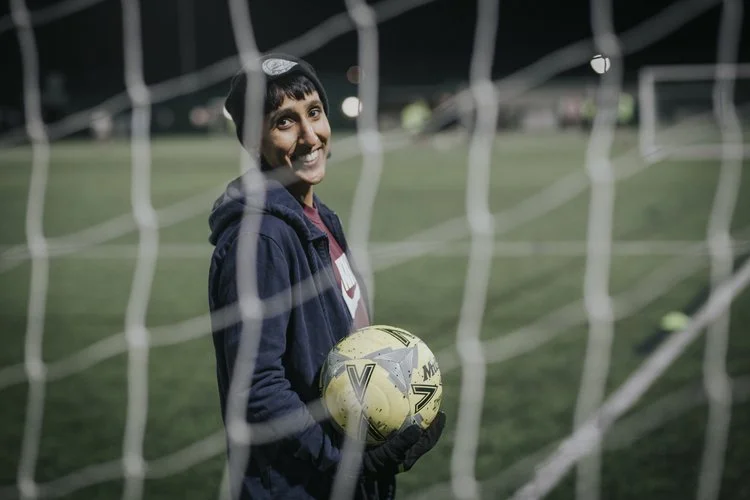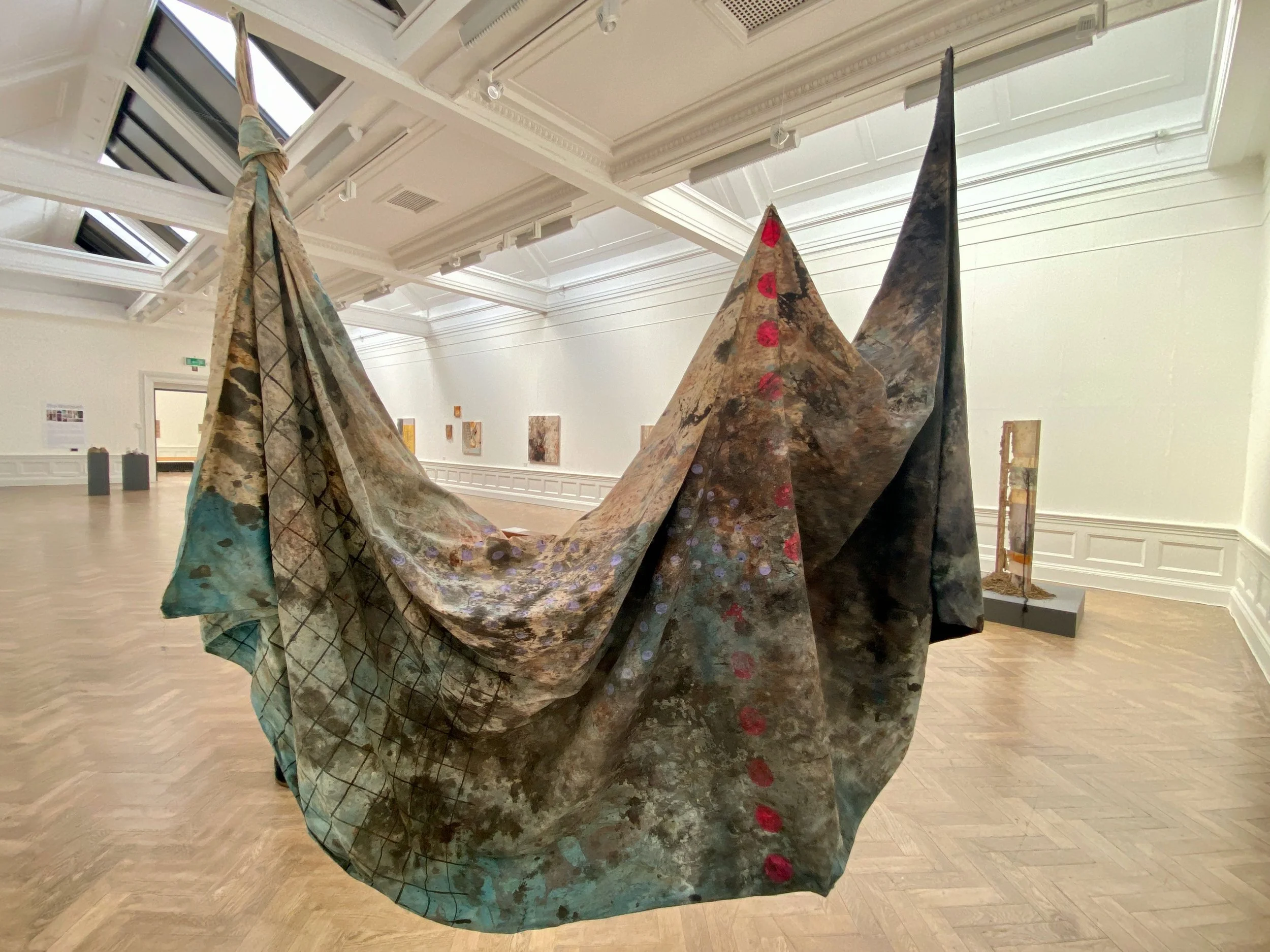Trying to Write About Something You Had To Be There For
As I sat on a bench in the dark, watching Rowena Harris’s moving short film Long-Covid and the Culture of Disbelief, I found myself wondering how on earth I was going to write about it.
The film explores the socio-cultural context of Long-Covid and ME (Myalgic Encephalomyelitis), drawing from Harris’s own lived experience. It began as a film about ME before the pandemic, and evolved as Long-Covid entered both the world and the artist’s body.
There’s no voiceover—only captions—guiding us through the history of ME: its initial classification in the 1950s, and its rebranding in the 1970s as a psychological condition, rooted in the misogynistic trope of ‘female hysteria’. The film asks us to consider how this culture of disbelief continues to shape our understanding of Long-Covid today.
Using found footage, CGI, and a haunting soundtrack of beeps and clicks—evocative of hospital machines—Harris creates a sensory experience that asks us to reflect on sickness not just as a personal or medical state, but as something shaped by society and language. At one point, the film tells us: “A film can look like this and still be sick.”
I wanted to share it with you, but a phone clip felt both clumsy, and didn’t do it justice. So much of the work lies in the atmosphere it creates: an immersive space where you can switch off from the world and sink fully into the experience. I took the picture anyway. It wasn’t until later that I realised I’d accidentally captured the perfect moment to accompany this post.
Later that day, in a completely different setting at FACT in Liverpool, I found myself watching a more speculative, experimental piece: Bahar Noorizadeh’s Free to Choose. It challenged me in the moment, but it has stayed with me, as the best work often does.
In its imagined future, time travel is possible, but like everything in a capitalist society, it’s a commodity controlled by the one percent. People borrow money from their future selves, shackled to debt across time. Once again, I found myself asking: how do I share this with you? How do I convey the feeling of sitting with an idea that settles in your body and won’t quite leave?
Short films, video installations, films-in-installation—artists call them different things, and they’re often impossible to experience outside the gallery. And I get it: they’re not just films, they’re environments. In Harris’s work, the film was accompanied by large, soft cushions spelling out “epistemic injustice”—a quiet, powerful invitation to rest, reflect, and pay attention.
So while I’ve been trying to figure out the best way to write about films like these, I haven’t quite found the answer yet. But maybe that’s okay. Maybe it’s something we’ll figure out together, over time.
Two new exhibitions are now live from my recent trip to the Williamson Art Gallery in Birkenhead:
Marge Bradshaw’s Level Playing Field is a powerful and timely exhibition of portraits and stories from Liverpool Trans and Enby FC.
Un/Earthed: A Retrospective by Landlines Studio is a stunning collection of artworks created from the Earth itself.
Finally, a new show I’ve just added to my must-visit list:
To Improvise a Mountain: Lynette Yiadom-Boakye Curates, on at Leeds Art Gallery until 5 October 2025. It’s already sounding like something special. If you see it before I do, I’d love to hear what you think.
Thanks for reading,
— Mills


